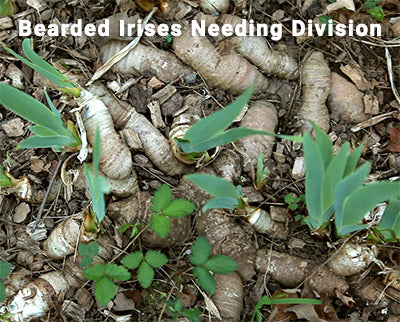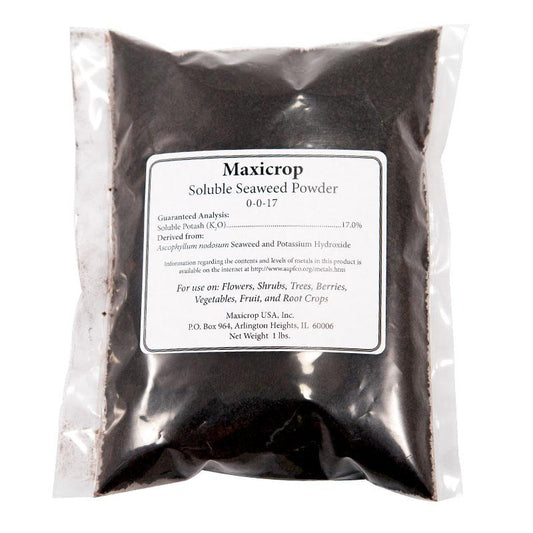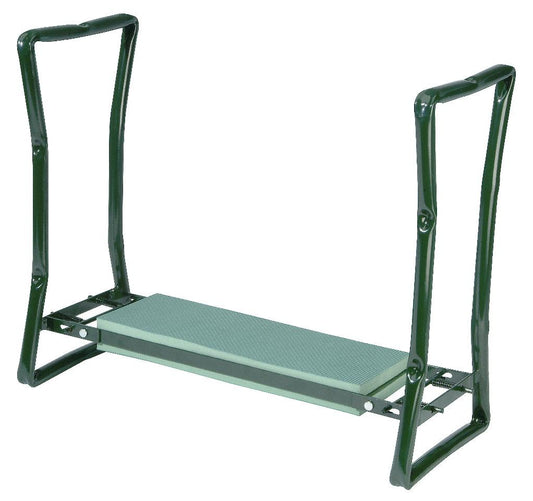Why Divide Your Perennial Plants?
Many perennial plants benefit from being divided every two to five years. If yours are starting to look crowded, overgrown, or are not flowering as well as they used to, or you would like to increase the numbers of a perennial, it might be time to divide. Tricia shows how she divides perennials in her yard in our video, Dividing Perennials.
Most perennials can be divided any time of the year. However, you will have the best success in spring or fall for summer-flowering plants, or in late summer for spring-flowering plants. Basically divide the plant after it has flowered. Try to avoid dividing during the hottest part of the summer, and also no less than 6 weeks before the first frost, so that your divisions are not stressed by extreme temperatures while they re-establish their roots.
Plants with Clumping Crowns
Clumping plants should be dug up at least 8 inches from the base of the plant to preserve as many roots as possible. Divide the clump using your fingers if possible; fleshy and woody roots may require a soil knife, saw or axe to divide.  Some examples of plants that produce clumping crowns and can be divided and propagated by division: Agapanthus, Anemone, Aster, Astilbes, Lily-of-the-valley, Delphinium, Euphorbia, Geranium, Helianthus, Hellebore, Heuchera, Daylily, Hosta, Iris, (some) Lilac, Ornamental grasses, Primrose, Ranunculus, Salvia, Sedum, Verbena
Some examples of plants that produce clumping crowns and can be divided and propagated by division: Agapanthus, Anemone, Aster, Astilbes, Lily-of-the-valley, Delphinium, Euphorbia, Geranium, Helianthus, Hellebore, Heuchera, Daylily, Hosta, Iris, (some) Lilac, Ornamental grasses, Primrose, Ranunculus, Salvia, Sedum, Verbena
Plants with Rhizomes
Rhizomes are thick roots that grow at the soil level (or just below) with multiple growth points along them. They can be divided into sections that contain at least one growth point, either by breaking them at natural joints, or by cutting them. Discard old rhizomes that have completed their flowering life cycle, as well any that are soft, buggy or diseased. Some examples of plants that produce rhizomes and can be divided and propagated by division:  Arum, Lily, Asparagus, Bearded Iris, Begonia, Bird of Paradise, Canna, Couch Grass, Fern (some), Mint, Peony, Rhubarb, Solomon’s Seal
Arum, Lily, Asparagus, Bearded Iris, Begonia, Bird of Paradise, Canna, Couch Grass, Fern (some), Mint, Peony, Rhubarb, Solomon’s Seal
Plants with Tubers or Tuberous Roots
Root tubers are found along the fibrous roots, and stem tubers are found just under the soil at the base of the stem. Separate tubers from the parent or mother plant, and replant any that have at least one eye or growth point. Large tubers with multiple eyes or growth points can be cut into chunks before replanting for even more divisions. Some examples of plants that produce tubers: Jerusalem Artichoke, Crosne, Caladium, Water lily, Potato, Dahlia, Anemone (some)
Plants with Corms
Corms look like bulbs, but unlike bulbs they will naturally divide by forming cormels, which look like baby bulbs attached to the corm. To divide these, simply break off the cormels and re-plant.  Some examples of plants that produce Corms: Acidanthera, Crocus, Gladiolus, Ixia, Tritonia
Some examples of plants that produce Corms: Acidanthera, Crocus, Gladiolus, Ixia, Tritonia




